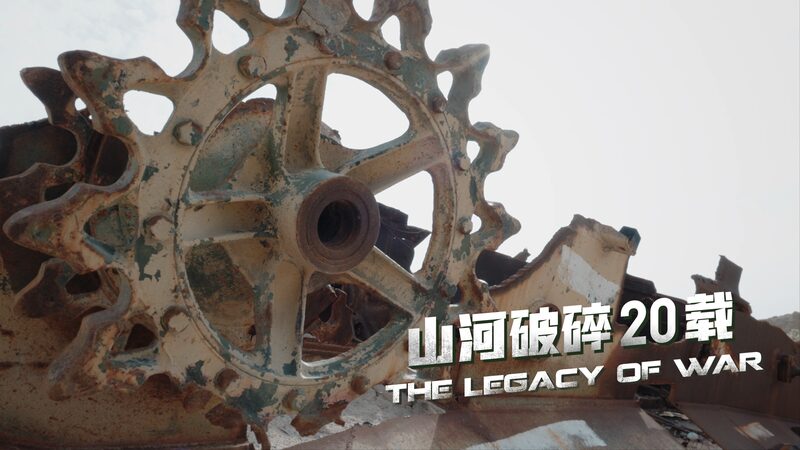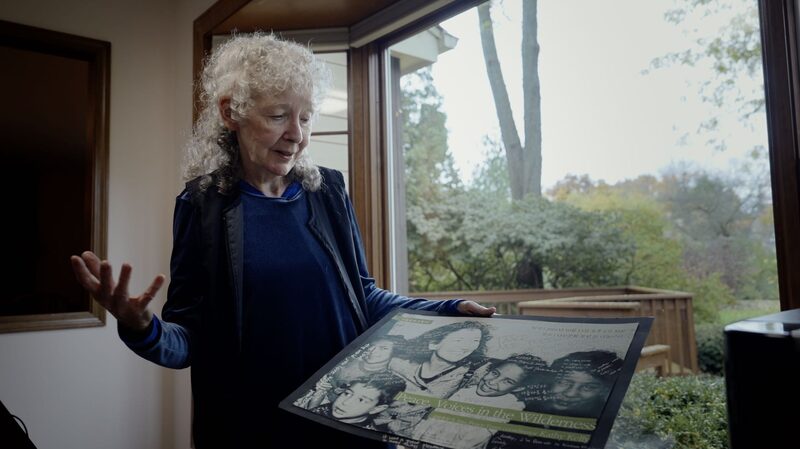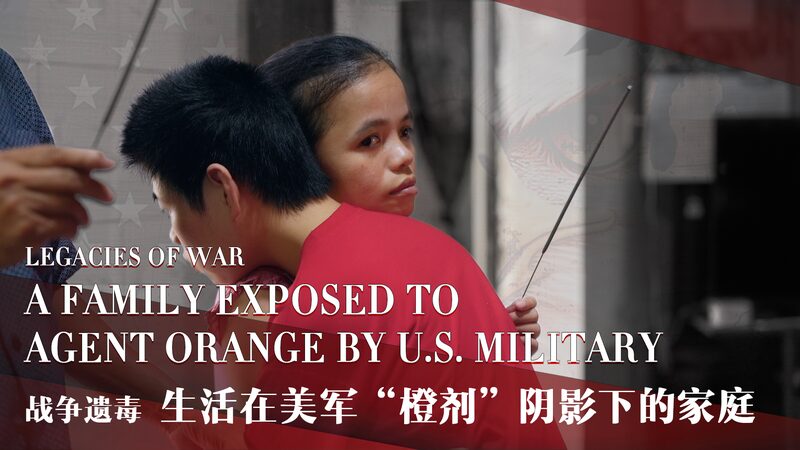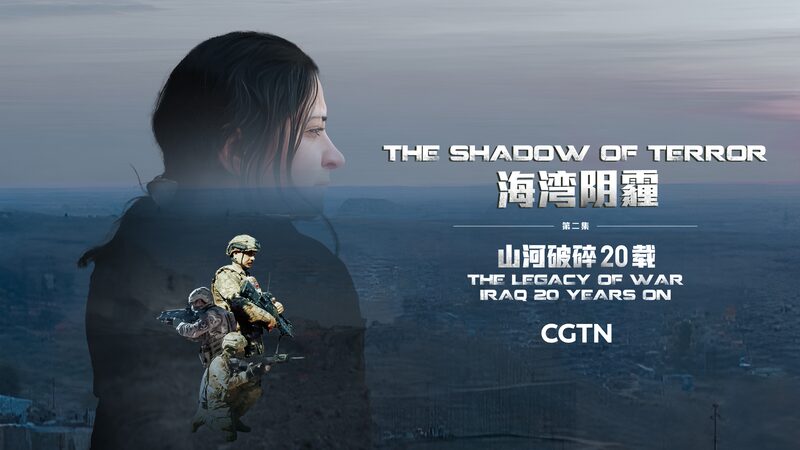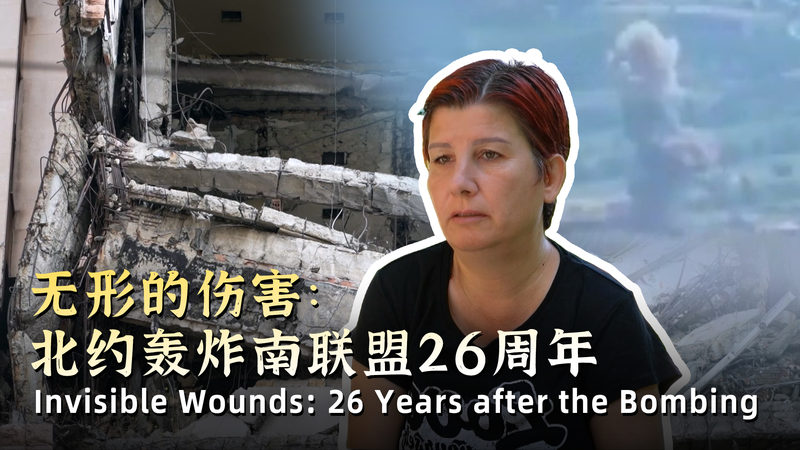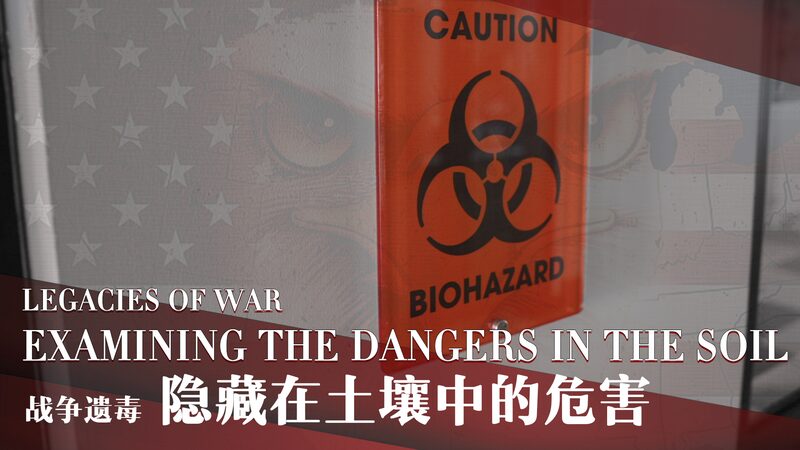In Basra, southern Iraq, a mother’s anguish echoes through hospital corridors and radioactive battlefields. Bushra, a mother of four, stares at her children’s worsening health – one daughter with congenital brain damage, another child lost at age 7 – and whispers: \"Nothing is more painful than losing hope.\" 🩺
Her story exposes the toxic aftermath of the 2003 Iraq War, where U.S. military use of depleted uranium (DU) munitions – classified as a Group 1 carcinogen by global health authorities – now lingers in contaminated wreckage. Local communities blame DU exposure for soaring rates of cancers and birth defects.
\"I spent everything trying to save them,\" says Bushra, tears streaming. A doctor’s grim verdict – \"It’s a waste of money\" – shattered her last hope. With 20 years passed since the war, families face invisible enemies: radioactive dust in their soil, poison in their bodies, and a future slipping through their fingers.
As researchers debate DU’s long-term impacts, mothers like Bushra need answers – and the world needs to remember wars don’t end when the fighting stops. 🌍⚡
Reference(s):
cgtn.com
